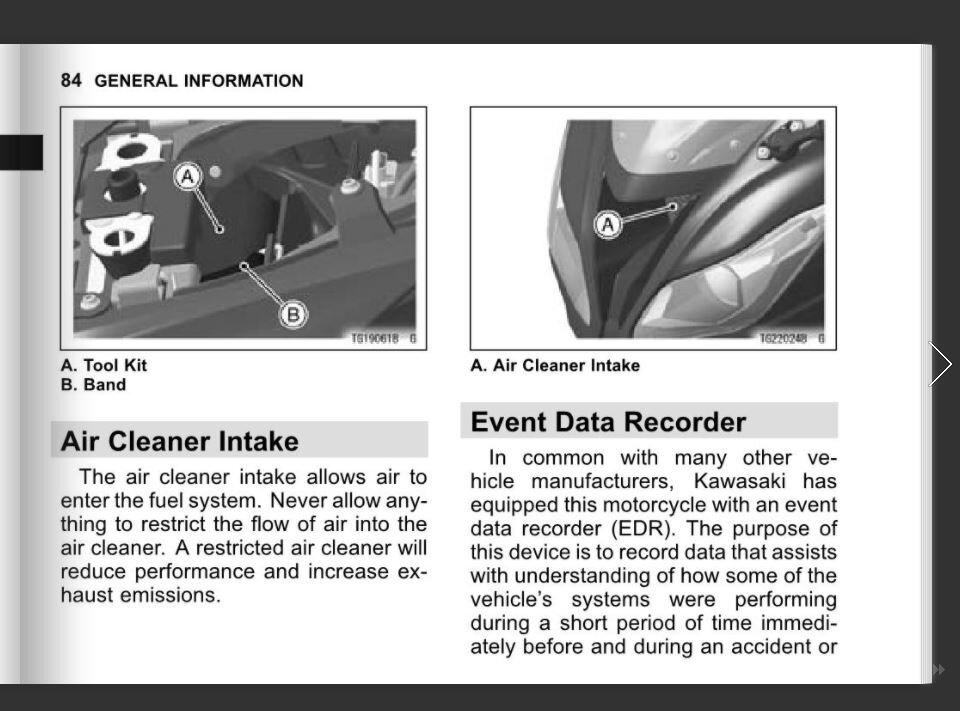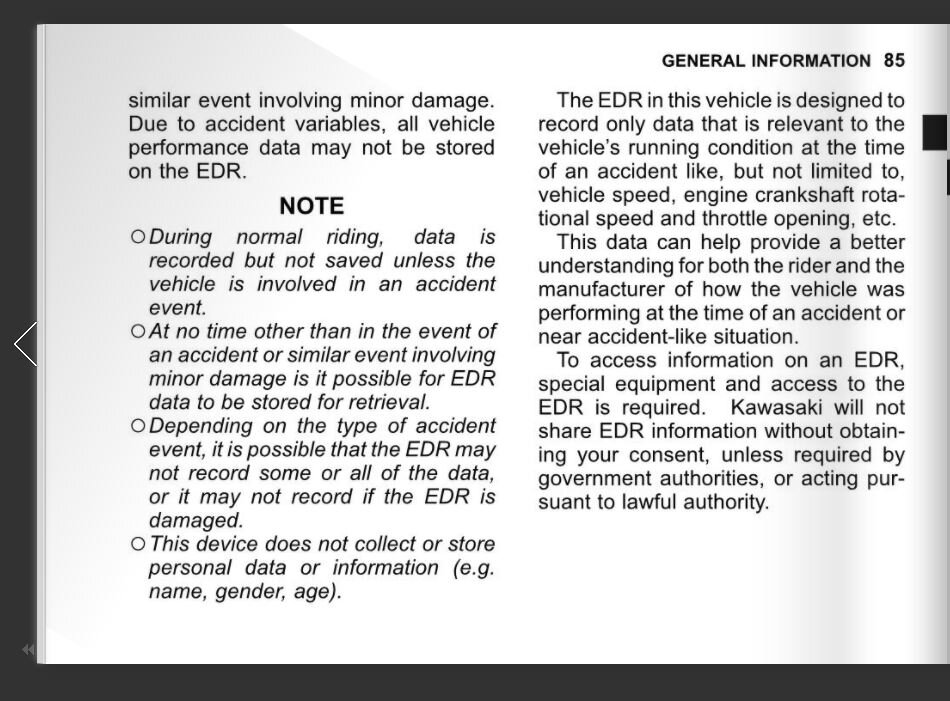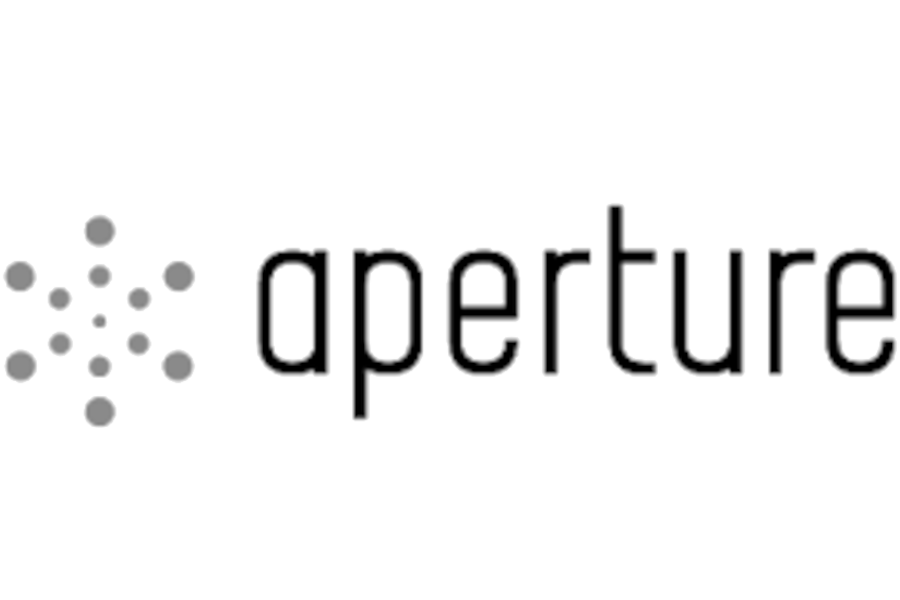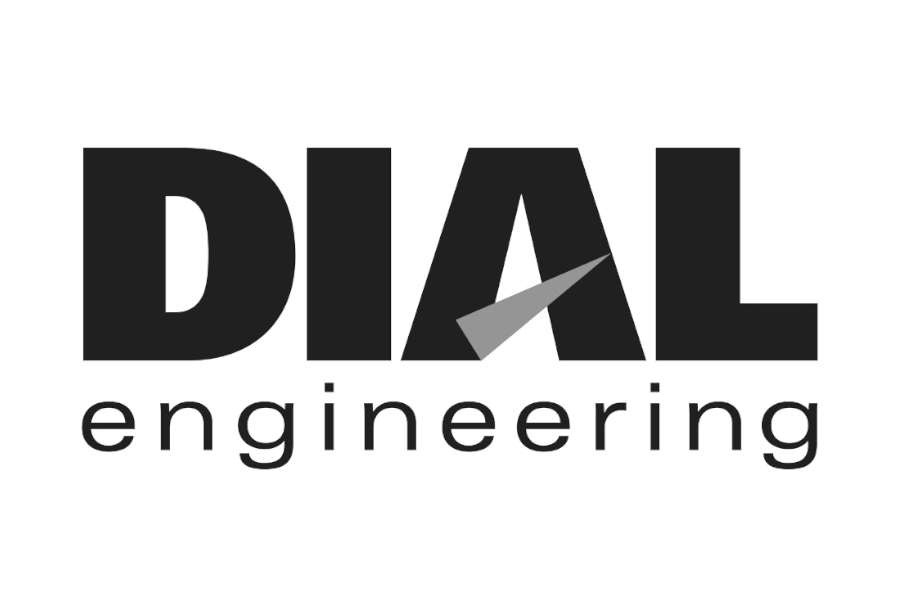Kawasaki EDRs
/Kawasaki started equipping some of their motorcycles with an event data recorder (EDR, or “black box”) in 2013. For collision reconstructionists, it is critical to know if an involved motorcycle is equipped with such a device. The following serves as a guide for determining if a specific motorcycle has an EDR, and if so, what to do from there.
One method of establishing if a Kawasaki is equipped with an EDR is to search the owner’s manual. To do that, head to manuals section of Kawasaki.com. Presently, Kawasaki is kind enough to offer free digital owner’s manuals for their modern bikes (2000+).
After selecting the appropriate motorcycle and clicking the “View Manual” button, the manual will appear in a new window, along with a Table of Contents and search bar. Type “event data recorder” in the search bar. If the motorcycle is equipped with an EDR, that search term will result in a hit. Clicking on the result (which will show up below the search bar) will bring you to the related page of the owner’s manual, where some additional detail is offered.


To save us all some time and trouble, Bob Anderson of Biomechanics Analysis, created an extensive Kawasaki coverage table by performing the above task (many times). The table can downloaded here. Many thanks to Bob for his efforts! Note, if there is any doubt regarding coverage for a specific model, Kawasaki’s manual should be considered the authority.
The next steps will depend on the context of the collision. In short though, the EDR is integrated in the motorcycle’s electronic control unit (ECU), which should be removed and delivered to Kawasaki in Foothill Ranch, California, for interrogation. Instructions for removing the ECU can be found in the motorcycle’s service manual. The unit is typically under the fuel tank or the passenger seat, and removal is straightforward (depending on the extent of collision damage).
I work in the civil realm (as opposed to criminal) and will generally notify my client about the presence of the EDR and my desire to harvest data from the module. Typically, a joint inspection will be coordinated where the involved parties will agree on the process for removing the ECU (via a prepared protocol), and a method to deliver the ECU to Kawasaki will be determined. As I’m based on Southern California, I usually choose to deliver the module to Kawasaki personally to avoid any potential of it being lost during shipping. If you choose to ship the module, be sure to choose a reliable method with tracking and receipt confirmation. On the criminal side, I suspect a warrant is required for this process (but that is outside my area of expertise).
Prior to delivering the unit to Kawasaki (either by mail or drop-off), the legal department at Kawasaki should be contacted to ensure they are willing and able to interrogate the module, to get a clear description of the process, and to arrange an appointment if the module will be personally delivered. Historically, Kawasaki will require a written request to perform the interrogation and will only assist if it is a legal matter. Their address and phone number are below. I have found the team at Kawasaki to be very welcoming and helpful.
After the module has been interrogated, the recovered file is sent off to Kawasaki in Japan for interpretation, and a report is ultimately delivered to the requesting party within a couple of weeks. Lately, the reports include the following information:


























